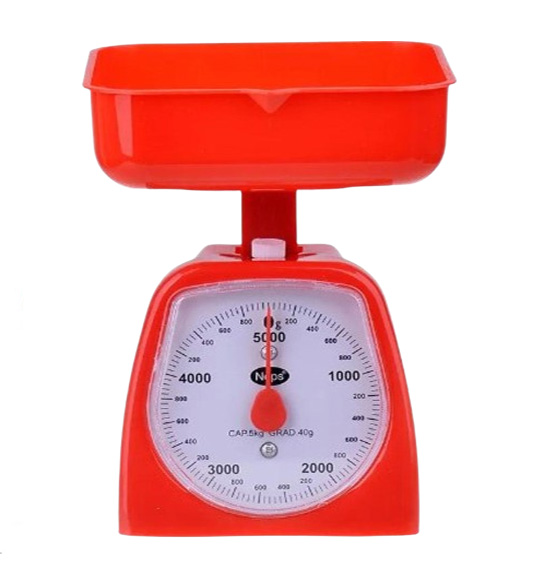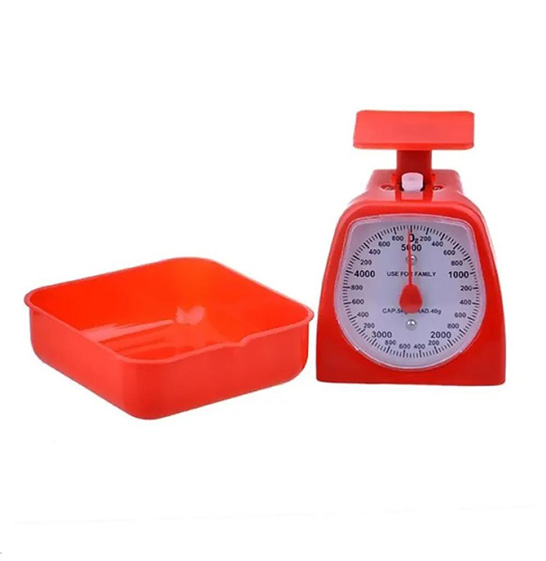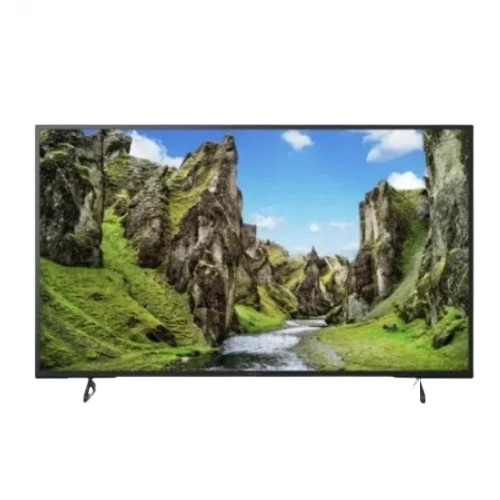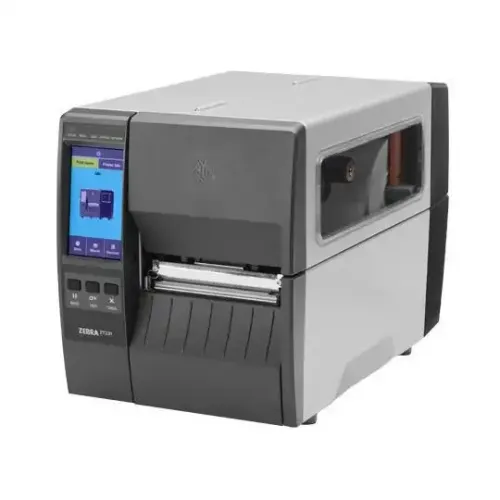The Zebra ZT421 Industrial Barcode Label Printer features thermal transfer and direct thermal printing, a thin-film printhead with an E3 element, an energy equalizer for superior print quality, a 300 dpi print resolution (8 dots / mm), and print speeds per second up to 12″ (305 mm / second). You can quickly create customized print solutions with Zebra’s intuitive plug-and-print design tools. This barcode label printer is designed with a 4.3-inch color touch display with an intuitive menu for quick operation and settings management, bi-colored status LEDs for quick printer status, ARM Cortex A7 processor, 256 MB of RAM (8 MB User Available), 512 MB of flash memory (64 MB User Available, Print Touch application, Link-OS-enabled, auto-switching 100-240V power supply, and printhead element out detection. The Zebra ZT421 is Energy Star-qualified.
Zebra ZT421 300 dpi Industrial Barcode Label Printer
Model: ZT421
Print speeds per second up to 12″ (305 mm / second)
Interface: Serial, 10/100 Ethernet, Bluetooth & USB
Dual media sensors: Transmissive and Reflective
Resolution: 300 dpi (12 dots / mm)
Call for Price
2
People watching this product now!
Product Description
Customer Reviews
Rated 0 out of 5
0 reviews
Rated 5 out of 5
0
Rated 4 out of 5
0
Rated 3 out of 5
0
Rated 2 out of 5
0
Rated 1 out of 5
0
Be the first to review “Zebra ZT421 300 dpi Industrial Barcode Label Printer” Cancel reply
Online Sports Nutrition and Natural Dietetics.
Chances are there wasn't collaboration, communication, and checkpoints, there wasn't a process agreed upon or specified with the granularity required. It's content strategy gone awry right from the start. Forswearing the use of Lorem Ipsum wouldn't have helped, won't help now. It's like saying you're a bad designer, use less bold text, don't use italics in every other paragraph. True enough, but that's not all that it takes to get things back on track.
The villagers are out there with a vengeance to get that Frankenstein
You made all the required mock ups for commissioned layout, got all the approvals, built a tested code base or had them built, you decided on a content management system, got a license for it or adapted:
- The toppings you may chose for that TV dinner pizza slice when you forgot to shop for foods, the paint you may slap on your face to impress the new boss is your business.
- But what about your daily bread? Design comps, layouts, wireframes—will your clients accept that you go about things the facile way?
- Authorities in our business will tell in no uncertain terms that Lorem Ipsum is that huge, huge no no to forswear forever.
- Not so fast, I'd say, there are some redeeming factors in favor of greeking text, as its use is merely the symptom of a worse problem to take into consideration.
- Websites in professional use templating systems.
- Commercial publishing platforms and content management systems ensure that you can show different text, different data using the same template.
- When it's about controlling hundreds of articles, product pages for web shops, or user profiles in social networks, all of them potentially with different sizes, formats, rules for differing elements things can break, designs agreed upon can have unintended consequences and look much different than expected.
This is quite a problem to solve, but just doing without greeking text won't fix it. Using test items of real content and data in designs will help, but there's no guarantee that every oddity will be found and corrected. Do you want to be sure? Then a prototype or beta site with real content published from the real CMS is needed—but you’re not going that far until you go through an initial design cycle.



















Reviews
Clear filtersThere are no reviews yet.